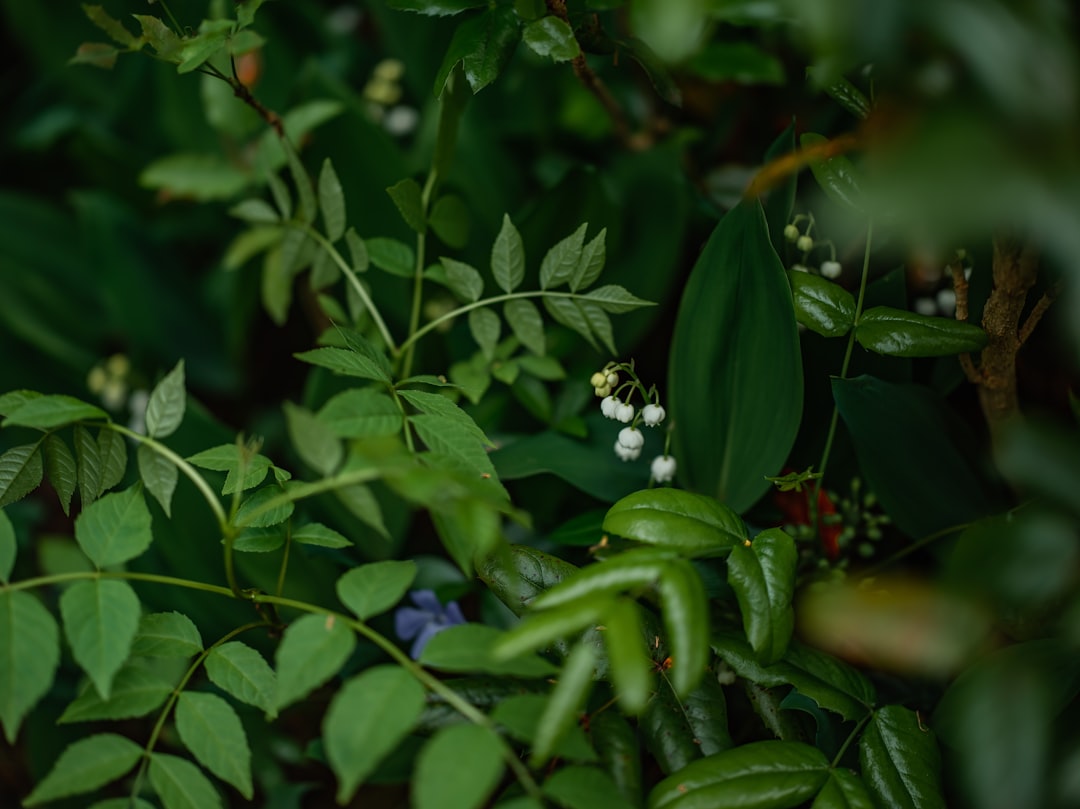Reviving Container Soil: A Cost - Effective Gardening Strategy

When it comes to container gardening, one might assume that bagged potting mixes are the go - to solution for a thriving garden. However, these mixes can be surprisingly expensive, and they aren't as “dirt cheap” as one would hope. The good news is that you don't have to break the bank by constantly buying new potting soil every season. Instead, you can prep your used soil to give it a new lease on life and produce beautiful plants again next season.
First, let's understand why used soil needs some attention. Over time, the nutrients in the soil get depleted as plants absorb them for growth. The soil structure can also break down, leading to poor drainage and aeration. Additionally, there may be pests, diseases, or weed seeds lurking in the used soil, which can cause problems for your new plants. But with a few simple steps, you can transform this tired soil into a fertile growing medium.
The first step in prepping used soil is to remove any large debris. This includes dead plant roots, rocks, and any other foreign objects that you can easily spot. You can do this by hand or use a garden sieve to separate the soil from the debris. Removing the debris not only cleans up the soil but also helps to improve its texture.
Next, it's time to test the soil. You can purchase a soil testing kit at your local garden center. This will tell you the pH level of the soil and the levels of essential nutrients such as nitrogen, phosphorus, and potassium. Based on the test results, you can determine what amendments your soil needs. For example, if the pH is too acidic, you can add lime to raise it. If the soil is low in nitrogen, you can add a nitrogen - rich fertilizer.
Once you know what your soil needs, it's time to add the amendments. Organic matter is a great addition to used soil. Compost, well - rotted manure, or leaf mold can all be mixed into the soil. Organic matter helps to improve the soil structure, retain moisture, and add nutrients. You can add about 20 - 30% organic matter to the used soil. Mix it thoroughly using a garden fork or a tiller.
Another important step is to sterilize the soil. This helps to kill any pests, diseases, or weed seeds that may be present. You can do this by baking the soil in the oven. Spread the soil in a thin layer on a baking sheet and bake it at 180°F (82°C) for about 30 minutes. Make sure to stir the soil occasionally to ensure even heating. Alternatively, you can solarize the soil. Place the soil in a clear plastic bag and leave it in the sun for a few weeks. The heat from the sun will kill many of the harmful organisms in the soil.
After sterilizing the soil, let it cool down if you used the oven method. Then, it's ready to be used again. You can fill your containers with the prepped soil and start planting your favorite flowers, vegetables, or herbs. Remember to water the soil well after planting to help the plants establish their roots.
Prepping used soil is not only cost - effective but also environmentally friendly. By reusing the soil, you reduce the amount of waste going to landfills and decrease your reliance on commercially produced potting mixes. It may take a little time and effort, but the rewards are well worth it. You'll have a healthy, productive container garden that will bring you joy throughout the growing season.
In conclusion, don't overlook the potential of your used container soil. With proper preparation, it can be just as good as, if not better than, brand - new potting mixes. So, roll up your sleeves, get your hands dirty, and give your used soil a second chance at life. Your plants will thank you for it, and your wallet will too.